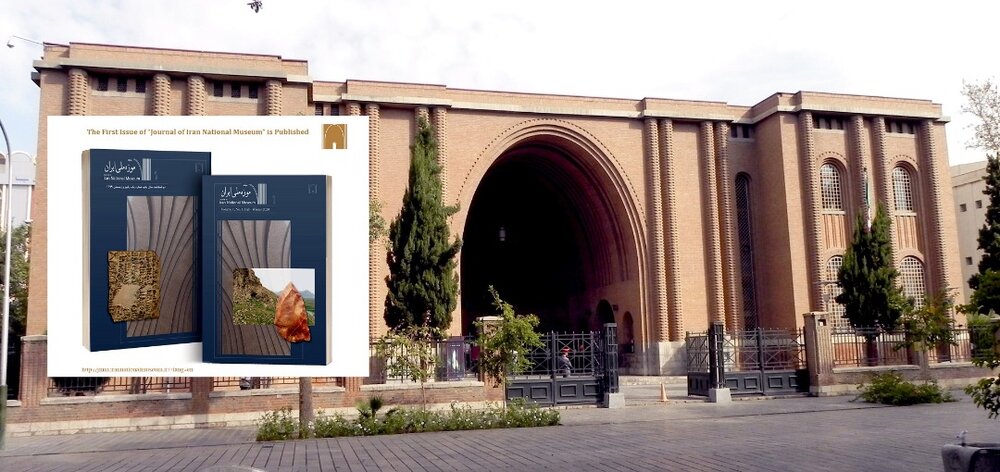National Museum of Iran publishes first issue of its journal

TEHRAN – The National Museum of Iran has recently published the first issue of its journal, which includes articles on topics of archaeology, museum management, restoration, and related theoretical studies.
According to Jebrael Nokandeh, director-general of the museum, the articles are authored based on research of museum collections either at the National Museum of Iran or other museums both in or outside of the country.
Nokandeh said the publication of a periodic journal of the Museum is an important event that has been pursued by the museum staff in various ways in recent decades: first between 2005-2007 with the quarterly journal “Archaeology” in collaboration with the University of Tehran, and again between 2010-2013 with the “Journal of Iranian Archaeology” together with Vahesht Mina.
The official emphasized that the museum has never been able to establish an independent journal of its own. “Now, with the launch of the Journal of the National Museum of Iran, the museum joins the decades-old tradition of the world’s major museums, such as the Metropolitan Museum, the British Museum, and the Louvre,” he said.
National Museum of Iran is a state museum under the auspices of the Ministry of Cultural Heritage, Tourism, and Handicrafts. The Museum consists of the Iran Bastan Museum (Ancient Iran) and the Museum of Islamic Archaeology and Art of Iran, as well as eight research departments, the conservation department, the library, and the archives. The research departments are organized by specific archaeological and historical periods and topics.
This Museum houses the largest collections of archaeological objects in the country. Dating from the Paleolithic to the late Islamic period, the collections represent more than a million years of human settlement and cultural achievement in Iran. The Paleolithic personal ornaments, clay and human figurines from the early village communities, the earliest evidence of administrative technology and writing from the 4th millennium BC, Persepolis stone reliefs and capitals, Parthian life-size bronze statue of the “Shami Man”, the natural mummy of a man called “Salt Man,” the Ilkhanid Mihrab (prayer niche) of Dar-e Behesht, and the pen and ink (Siah Qalam) paintings by Reza Abbasi of the Safavid period are among the important objects in the museum.
AFM
